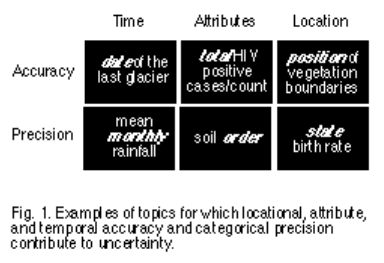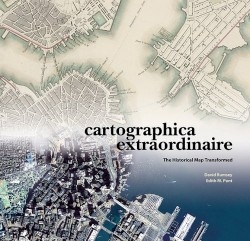
Transformation is the driving force behind the book’s ever-engaging parade of maps.
#Cartographica extraordinaire download#
Given GIS, old maps can be scanned, geo-rectified, and made “to unleash their content in new and exciting ways, by enabling comparison, overlay, and reformatting with modern geo-spatial data.” Thus, the computer user with a GIS program can, for example, download Captain Cook’s or La Pérouse’s partial maps of the South Seas, overlay them on modern maps, note accuracies and discrepancies, and fill in these navigators’ missing sections. In this visually stunning, oversized volume, Rumsey and Punt present over one hundred highly diverse maps from the late eighteenth to the early nineteenth century that illustrate advances in cartographic specialization and information display. Complete with their elegant pictorial enhancements, they can be relaunched into archives, books, and homes via the Internet. Thankfully, the authors (Rumsey is a Yale academic turned traditional and digital cartography specialist, and Punt is a graduate of McGill University and now a prize-winning cartographic specialist and publisher) demonstrate that this development means new life for older and truly antique maps. With remote-sensing systems, digital imaging, elevation modeling, and allied capabilities, the new technology of Geographic Information Systems (GIS) has come into its own today maps for every need are only a computer keyboard away.



“So geographers in Afric’ maps / With savage-pictures fill their gaps / And o’er uninhabitable downs / Place elephants for want of towns,” commented Jonathan Swift.Ĭartography, that age-old science that combines beauty with utility, has long since thrown off Swift’s satirical charge.


 0 kommentar(er)
0 kommentar(er)
